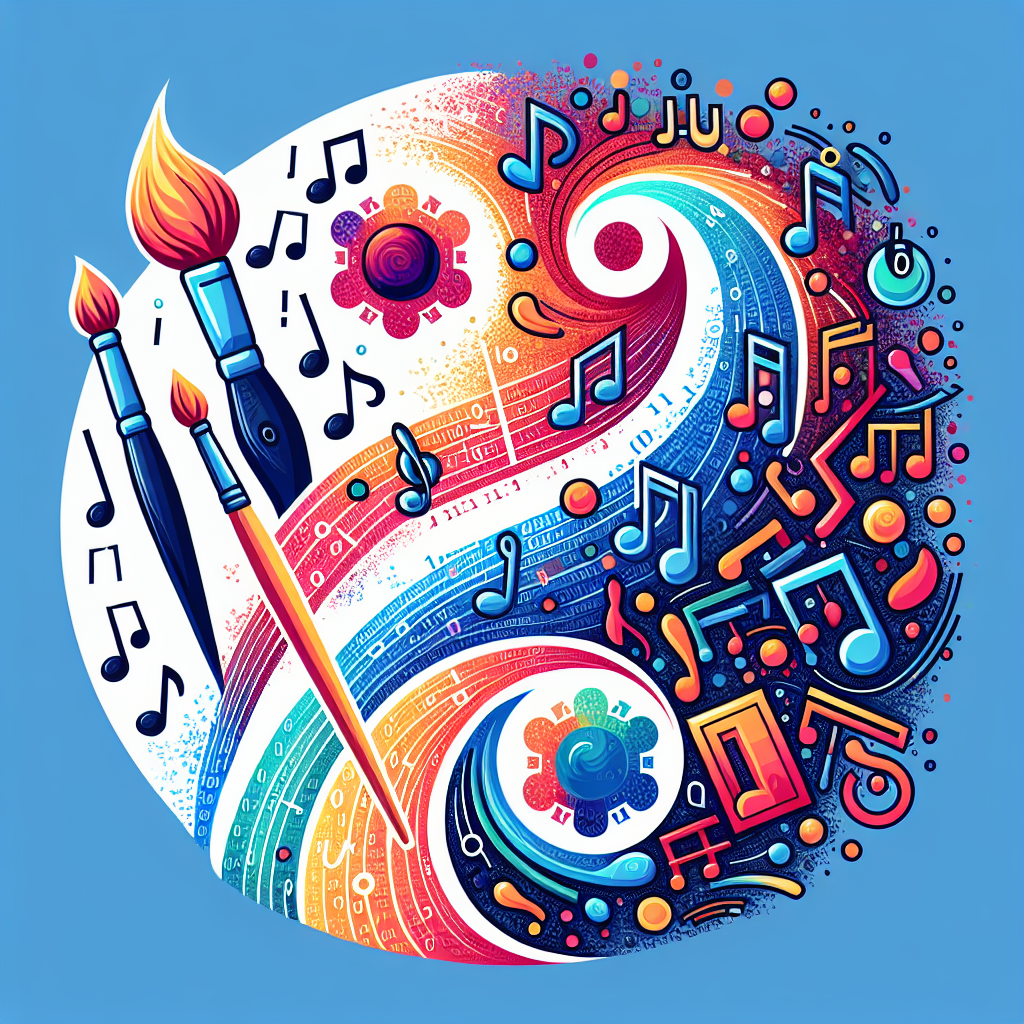In recent years, artificial intelligence (AI) has made significant advancements in various fields, including multimedia. The blending of different art forms with AI has opened up new possibilities for creativity and innovation. From music and visual arts to film and literature, AI has been used to create new and exciting multimedia experiences that push the boundaries of traditional art forms.
One of the most exciting applications of AI in multimedia is in the field of music. AI algorithms can analyze vast amounts of musical data to generate new compositions, create unique soundscapes, and even mimic the style of famous composers. For example, AI music composition tools like Amper Music and Aiva have been used to create original music for commercials, movies, and video games. These tools can generate music based on specific criteria such as mood, tempo, and genre, allowing composers to quickly and easily create custom soundtracks.
In the visual arts, AI has been used to create stunning works of art that blend traditional techniques with cutting-edge technology. AI-powered tools like DeepDream and Prisma can transform ordinary photographs into mesmerizing works of art, while AI artists like Robbie Barrat have created original paintings and sculptures using neural networks. These AI-generated artworks challenge our perceptions of what art can be and inspire new forms of creative expression.
AI has also been used to enhance the filmmaking process, from pre-production to post-production. For example, AI algorithms can analyze scripts to predict box office success, generate storyboards, and even edit footage to create seamless transitions and visual effects. AI-powered tools like IBM Watson Media and Adobe Sensei have been used to streamline the video editing process and improve the overall quality of films and television shows.
In the world of literature, AI has been used to generate new stories, poems, and even entire novels. AI-powered writing tools like GPT-3 and ChatGPT can generate text based on a given prompt, allowing writers to quickly generate ideas and inspiration. These tools can also be used to create personalized content for marketing campaigns or social media posts, saving writers time and effort.
The blending of different art forms with AI has raised important questions about the role of technology in the creative process. Some critics argue that AI-generated art lacks the emotional depth and human touch of traditional art forms, while others see AI as a valuable tool for expanding the boundaries of creativity. Ultimately, the relationship between AI and multimedia is a complex and evolving one, with both challenges and opportunities for artists and creators.
FAQs:
Q: Can AI truly be creative?
A: While AI can generate new and innovative artwork, music, and literature, the question of whether AI can be truly creative is still up for debate. Some argue that creativity requires human emotion and intuition, which AI lacks, while others believe that AI can simulate creativity by analyzing patterns in data and generating novel outputs.
Q: Will AI replace human artists?
A: AI has the potential to supplement and enhance the work of human artists, but it is unlikely to completely replace them. Human artists bring a unique perspective, emotion, and intuition to their work that AI cannot replicate. Instead, AI can be used as a tool to inspire and collaborate with human artists, pushing the boundaries of creativity in new and exciting ways.
Q: How can artists and creators incorporate AI into their work?
A: Artists and creators can incorporate AI into their work by experimenting with AI-powered tools and algorithms, collaborating with AI artists and developers, and exploring new ways of combining traditional art forms with technology. By embracing AI as a tool for creativity and innovation, artists can push the boundaries of their craft and create new and exciting multimedia experiences for audiences around the world.

